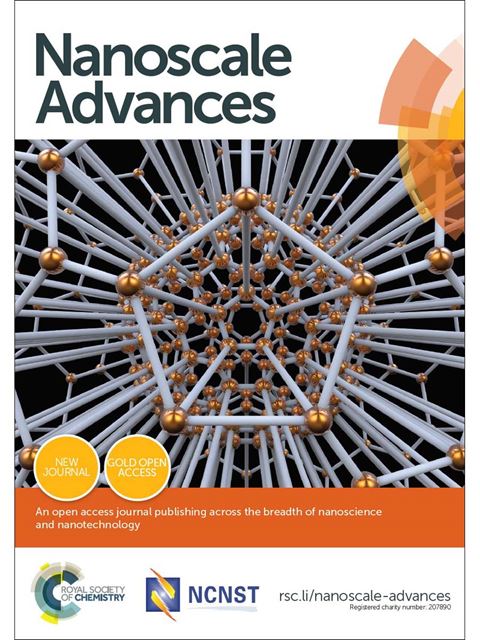
Contrast enhanced photoacoustic detection of fibrillar collagen in the near infrared region – June 2024
Authors
Inna Solomonov, Irene Locatelli, Silvia Tortorella, Manu Unni, Shay-Lee Aharoni, Elisa Alchera, Erica Locatelli, Mirko Maturi, Chiara Venegoni, Roberta Lucian`o, Andrea Salonia, Angelo Corti, Flavio Curnis, Valeria Grasso, Gayathri Malamal, Jithin Jose, Mauro Comes Franchini, Irit Sagi and Massimo Alfano
Published in Nanoscale Advances journal, RCS publishing, 7 June 2024.
Abstract
Fibrillar collagen accumulation emerges as a promising biomarker in several diseases, such as desmoplastic tumors and unstable atherosclerotic plaque. Gold nanorods (GNRs) hold great potential as contrast agents in high-resolution, biomedically safe, and non-invasive photoacoustic imaging (PAI). This study presents the design and characterization of a specialized imaging tool which exploits GNR assisted targeted photoacoustic imaging that is tailored for the identification of fibrillar collagen. In addition to the photoacoustic characterization of collagen in the NIR 1 and 2 regions, we demonstrate the detailed steps of conjugating a decoy to GNRs.
This study serves as a proof of concept, that demonstrates that conjugated collagenase-1 (MMP-1) generates a distinct and collagen-specific photoacoustic signal, facilitating real-time visualization in the wavelength range of 700–970 nm (NIR I). As most of the reported studies utilized the endogenous contrast of collagen in the NIR II wavelength that has major limitations to perform in vivo deep tissue imaging, the approach that we are proposing is unique and it highlights the promise of MMP-1 decoy-functionalized GNRs as novel contrast agents for photoacoustic imaging of collagen in the NIR 1 region. To our knowledge this is the first time functionalized GNRs are optimized for the detection of fibrillar collagen and utilized in the field of non-invasive photoacoustic imaging that can facilitate a better prognosis of desmoplastic tumors and broken atherosclerotic plaques.


